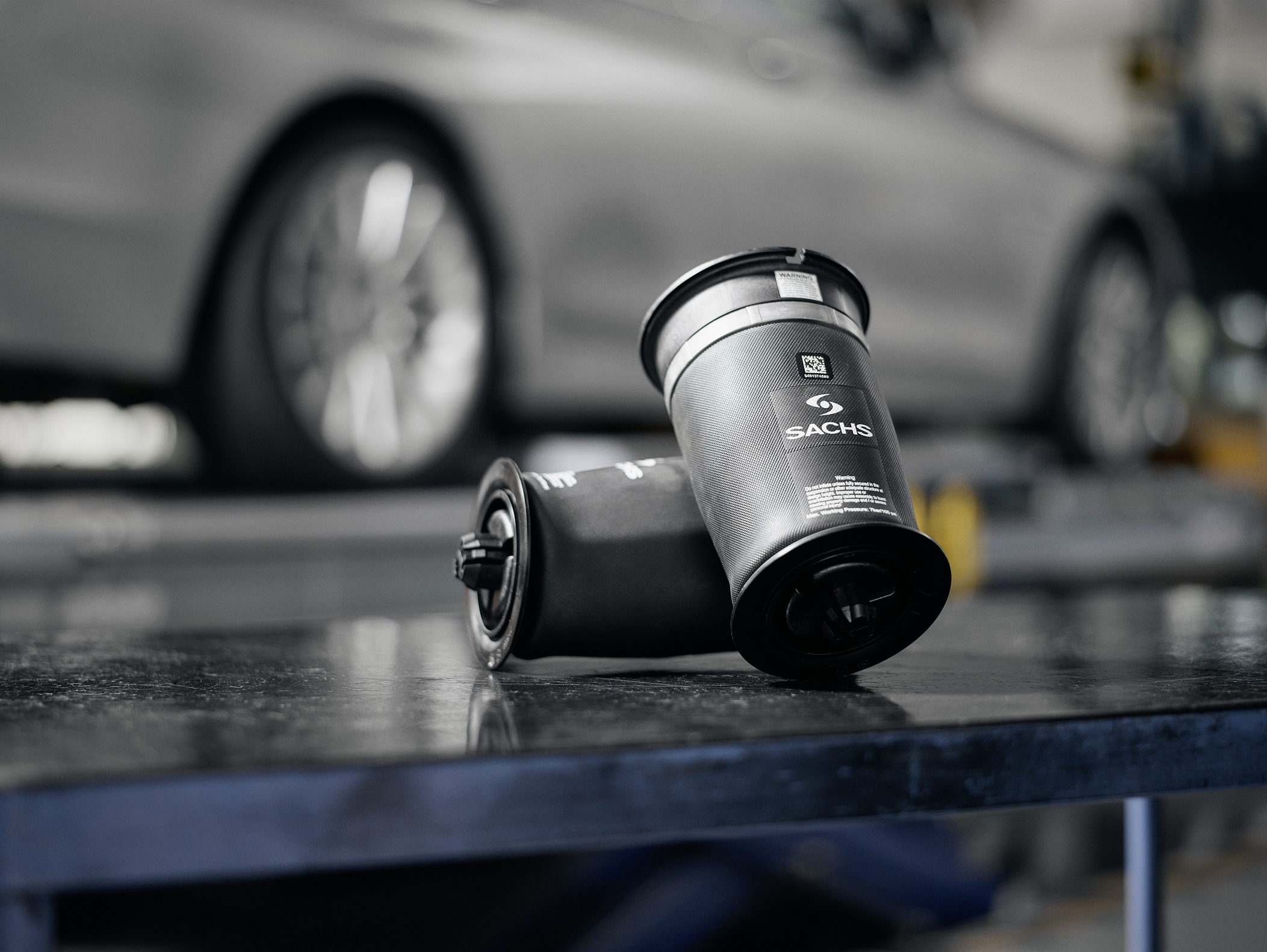Brake technology is one of the many things we have in cars that we take for granted. It’s the pedal in the middle, for those unsure of which one we’re talking about.
Braking itself goes back, in essence, to the days when a person on a cart would yell “whoa” to the horse or the ox or whichever animal was being used. Then came the simple but effective lever and block system.
Applied via, as a rule, by the simple action of lifting a lever’s handle and thereby pressing a wooden block against a metal shod wooden wheel, this crude system worked well enough on carts and the very first “horseless carriages” as speeds were generally no more than twenty kilometres per hour.
Then wheel technology changed, with rubber being developed to a process and style to be used on wooden, then steel wheels. The wooden block system was rendered obsolete, as a result.
However, a similar system was developed which used steel cables. It’s said that Gottlieb Daimler invented a drum mechanism which would be slowed in rotation by cables. This was in 1899, with 1901 seeing another version, thanks to Wilhelm Maybach utilising a lever operating steel cables that again would be wrapped around a drum.
Further development would see these externally mounted drums moved inside the chassis, minimising exposure and becoming structurally stronger. Then a further development of the friction based process was developed by Malcolm Loughead. This process involved a hydraulic pressure system which would press what have become known as shoes to the insides of the drum. Loughead, by the way, would later change the spelling of his surname slightly to Lockheed and become famous in the aviation industry.
Oddly enough, the system used most commonly today, that of a pad being pressed against a disc, didn’t become popular until the 1950s even though it was patented in the latter years of the 1890s. Most of the major manufacturers would implement disc brakes by the close of the 1960s.
Electronics and computers in cars became more common which lead to the development and implementation of ABS. Anti-lock Braking Systems would see the calipers press and release on the discs, and it’s the release that’s important here. By, literally, not locking up the rotation of the discs and therefore the wheels, a driver could still control the steering and hopefully steer the car away from a potential impact. Initially the ABS would be applied to the front wheels, before being refined to apply to all four corners in a pair, then independently.
Refinement of the caliper and pads has seen a self-adjusting system, where the pad, as it wears, is kept at the same operating distance from the disc surface. The pads themselves have changed from an asbestos blend to more environmentally friendly materials, with some high end systems using a ceramic compound instead of steel for the discs.
Autonomous Emergency Braking is possibly the final step in the development of braking until full remote computer control . This utilises a program that has sensors sweeping the road ahead, and if an object such as another car, or a pedestrian, is detected, and the computers have no external (human) intervention, will apply the brakes automatically.
ATE Brakes are well known and respected in the braking industry, with our involvement going back over a century. We’d love to hear about your braking experiences; from on the road, to a track day where stopping distances are far shorter.




